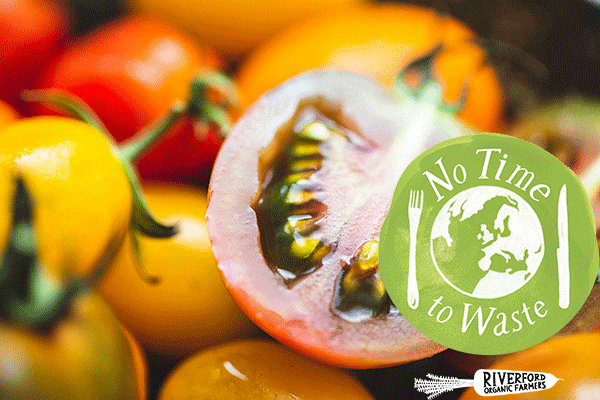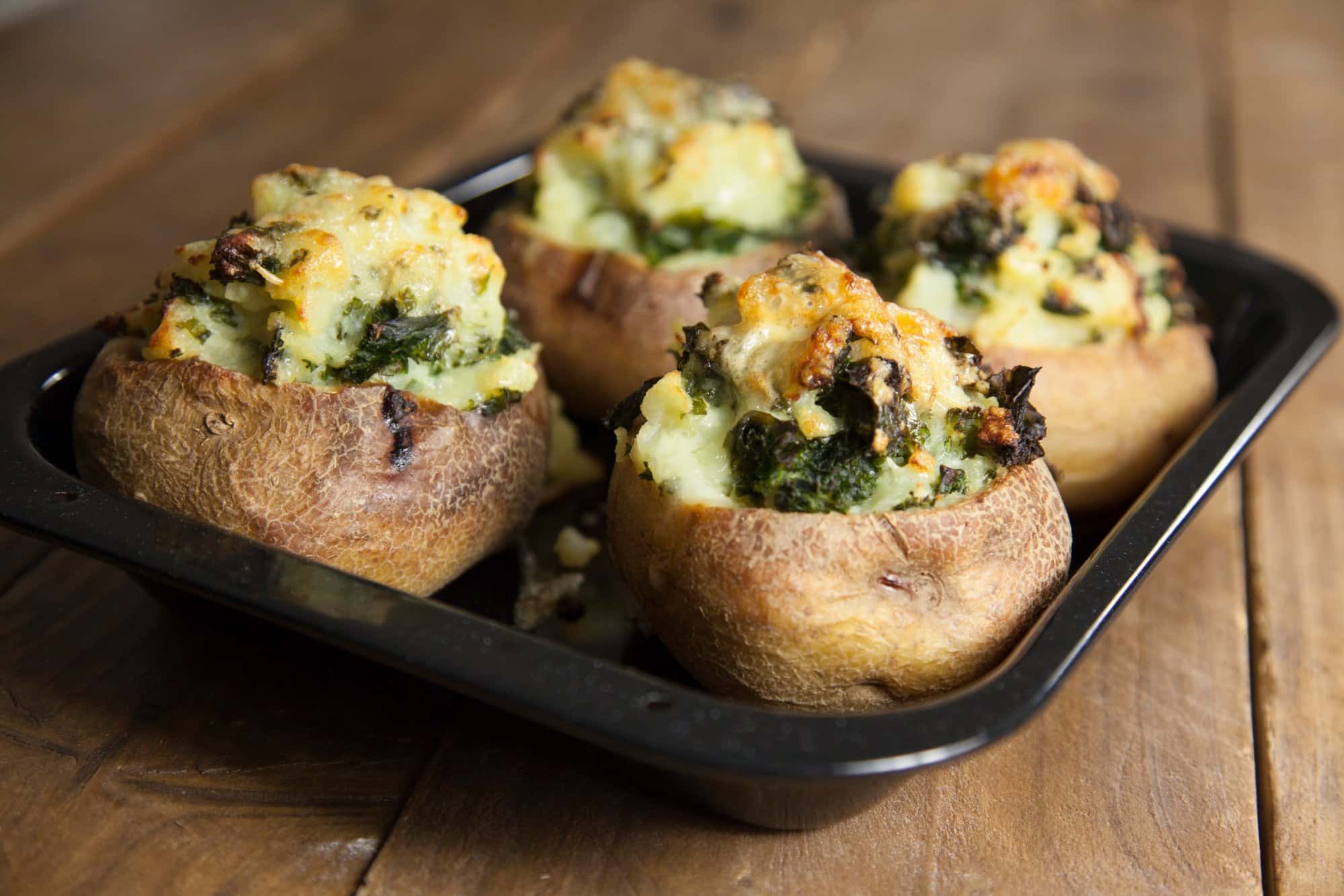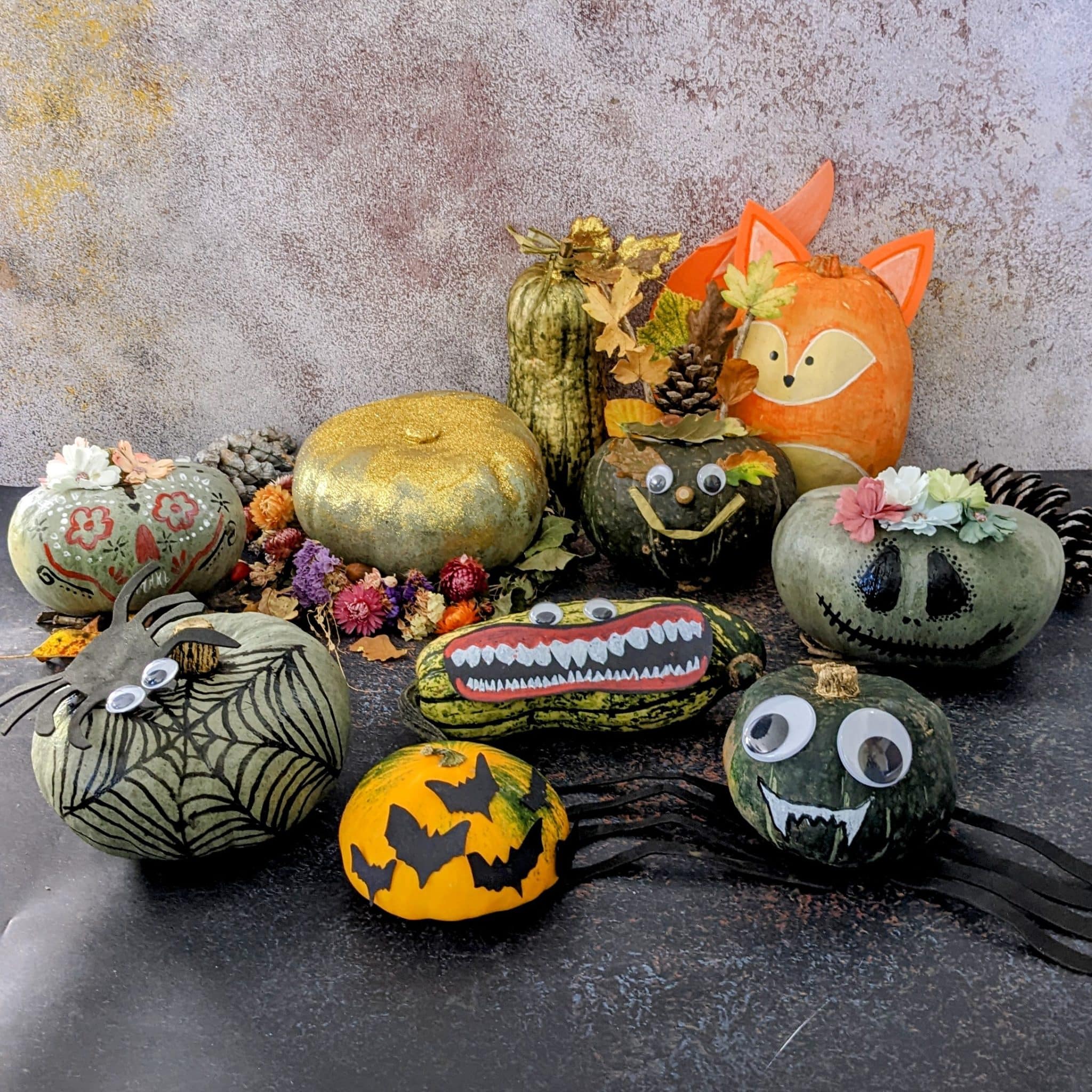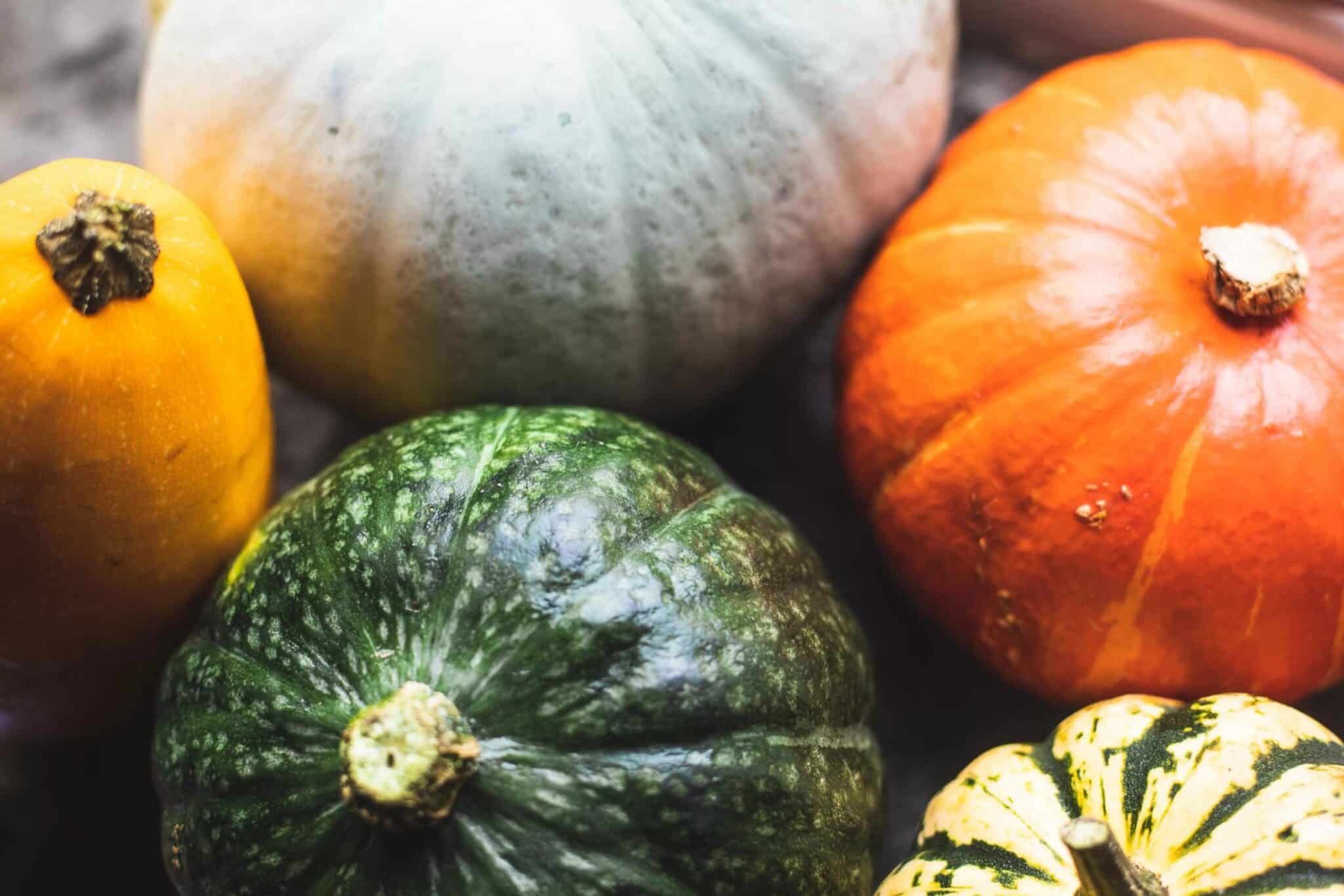![]() No Time to Waste. This article is part of a joint campaign by Riverford and Wicked Leeks to help people cut food waste and raise awareness.
No Time to Waste. This article is part of a joint campaign by Riverford and Wicked Leeks to help people cut food waste and raise awareness.
Fruit and veg are ideally eaten fresh, and in the week of delivery if you’re receiving a veg box, but freezing is a great way to put some aside for later and avoid food waste.
This guide isn’t intended to promote hoarding or panic buying: rather, it is to help avoid waste, extend shelf life and curb anxieties about not being able to use up your veg in good time.
Most raw veg won’t freeze and defrost very well. The expansion and contraction of the water breaks down the structure and renders them mushy and unappealing, so it’s best to cook them first, however lightly, to ensure a better result.

Freezer tips 101
Blanch, boil, steam, braise or roast them in pieces until just done, or in a form that you would like to use them (dices, slices, mash or a sauce, for example).
Cool them completely before freezing. You’ll compromise the temperature of your freezer, create condensation and cause it to ice-up faster.
If cooking them separately (beans, broccoli florets etc) then, if you have the space, it is good practise to freeze them spread out on a flat tray before boxing of bagging them. This avoids them freezing as a large solid lump and makes it easier for you to separate out and take what you need as and when.
Consider them to have a three-month life in the freezer. Although it feels like they are in permanent stasis they will eventually suffer if you keep them for too long.
Rotate everything in your freezer as you would do in a fridge – bring the old stuff forward and stash the new stuff at the back.
Potatoes
Make mash! Boil, mash and season them as you would normally. Divide it into what you consider usable portions, cool completely and freeze in batches. It can be defrosted and reheated gently in a pan or used to top pies or traybakes. You can add other root veg to your mash too, if it needs using up – parsnips, swede, celeriac, carrots, sweet potatoes, squash and even cauliflower all work nicely alongside spuds.
Roots and squash
Boil and mash them as you would with potatoes or steam, roast or braise them in chunks or slices until just cooked. Lay them out on a flat tray to freeze before boxing or bagging them.
Cauliflower, broccoli, beans, asparagus, courgettes, peppers
Cut them into useful bitesize pieces – not forgetting that most of the stalk and leaves from broccoli and cauliflower are usable too. Blanch or steam for a couple of minutes, until just tender, and then cool immediately in cold water. Dry well and lay them out on a flat tray to freeze before boxing or bagging.

Broad beans and peas
These are such ephemeral treats of the spring and summer that you’ll never really need to freeze them unless you find yourself with a substantial glut. If you do, pod them and blanch in boiling water for a matter of minutes. Cool immediately in cold water and freeze on a tray before boxing or bagging.
Cabbage, kales, spinach and chard
These leafy greens can all be frozen for a later date but require a bit of processing first. Boil a large pan of salted water. Trim or slice any large or tough leaves. Blanch them until wilted. This will take a matter of seconds for chard, spinach and the more tender kales and a couple of minutes for cabbages, spring greens or black kale.

Cool them immediately in cold water – it stops the cooking and helps lock in the green colour. Squeeze as much water out as you can with you hand before roughly chopping and tightly wrapping in portions. Spinach wilts down so much that you can freeze it in ice cube trays, ready to pop into a stew, soup or curry for the final few minutes, whenever the fancy takes you.
Tomatoes and mushrooms
Cook ‘em down! Make a chunky tomato sauce or simply roast them until soft and starting to colour. Cool and box or bag into usable portions.

Herbs and spices
Both soft leafy herbs (parsley, coriander, dill etc) and tough woody ones (rosemary, thyme) freeze well. You have two options – you can chop them, freeze them on a tray, so that they don’t clump together, and them bag them up.
Alternatively, you can chop them and pop them into ice cube trays, cover with water and freeze ready for popping out straight into the pot. Ginger, turmeric, horseradish, garlic and chillies can all go in the freezer raw and can be grated or chopped straight from the freezer.
Read Bob’s tips for how to freeze fruit.















You do not mention vacuum packing of hard vegs like carrots, parsnips and beetroot, squash, fennel, , cauliflower, etc . As a retired couple with small appetites this extends the shelf life considerably and avoids waste.
But Brian, it’s not very ‘green’ is it? All that plastic you are using! Unless you take it to the supermarket to be recycled along with the carrier bags?